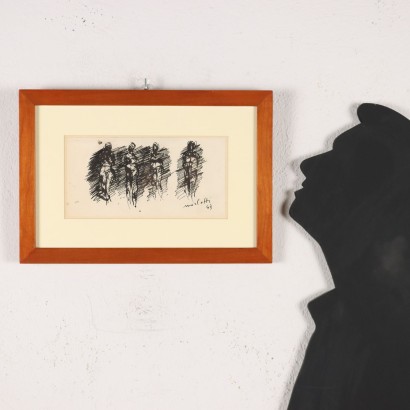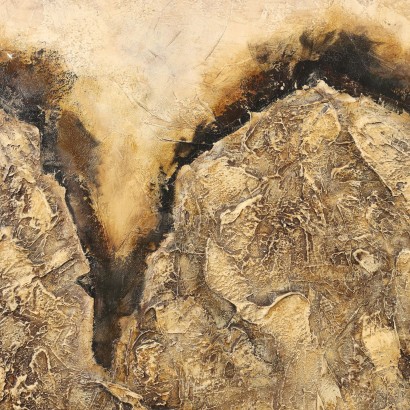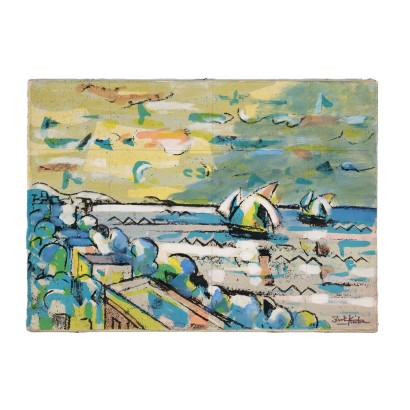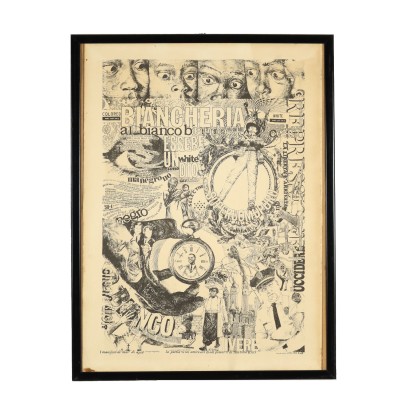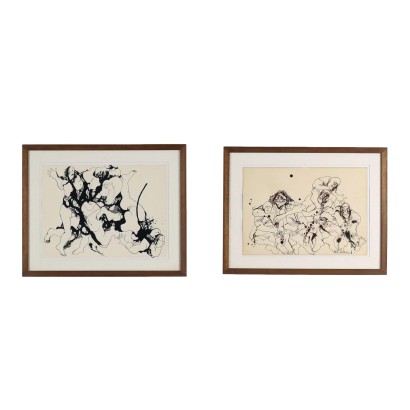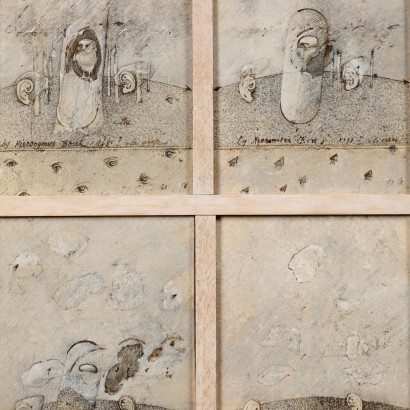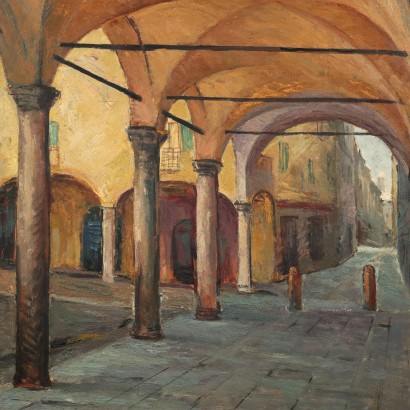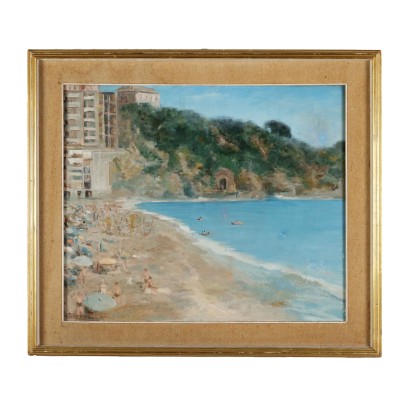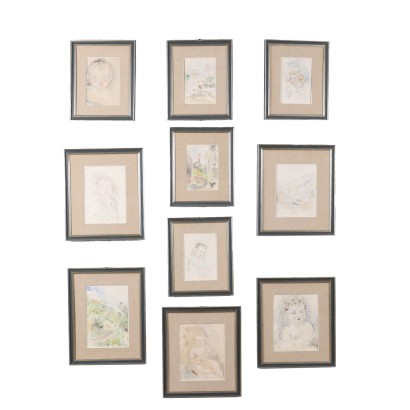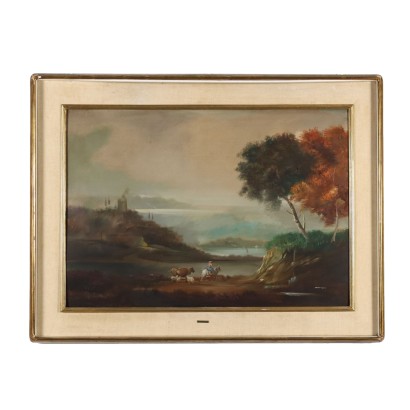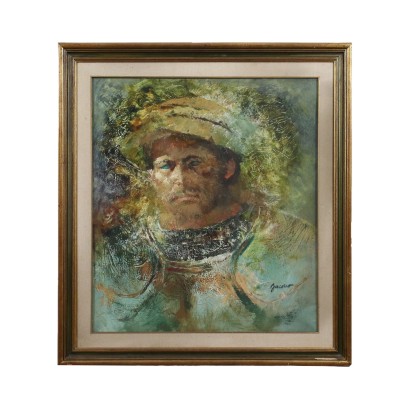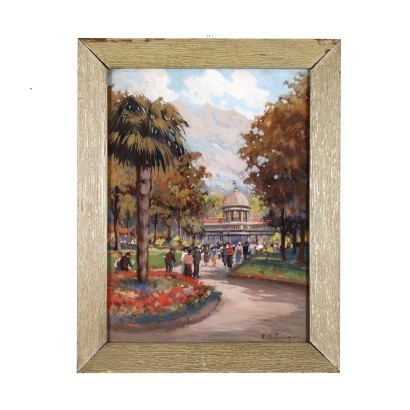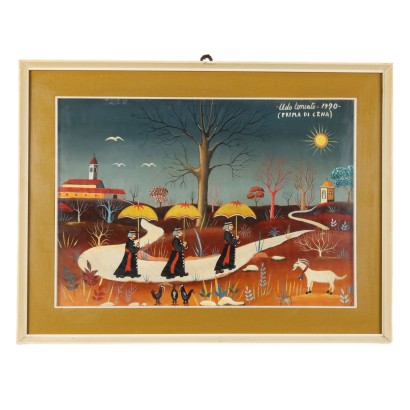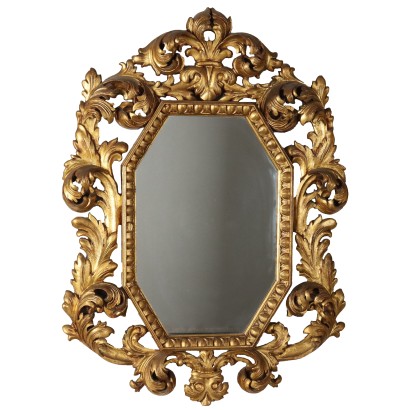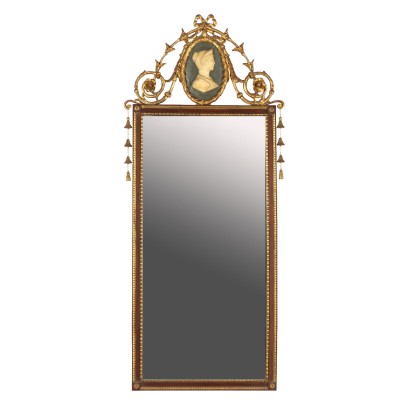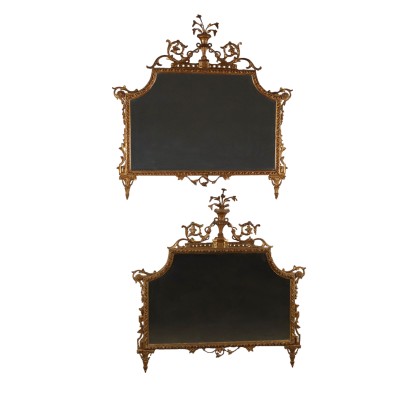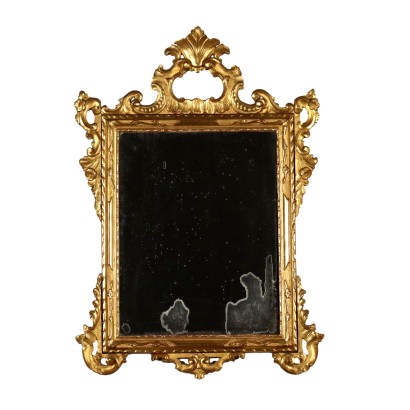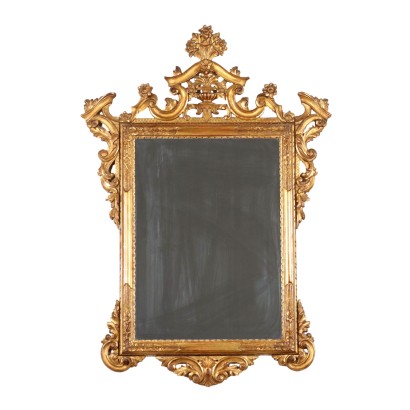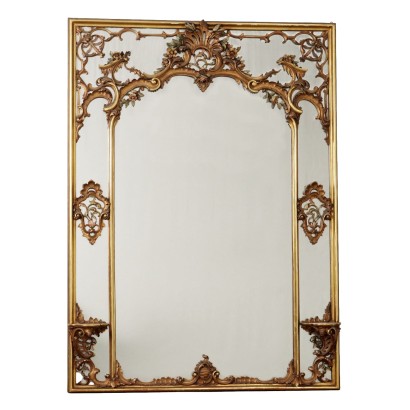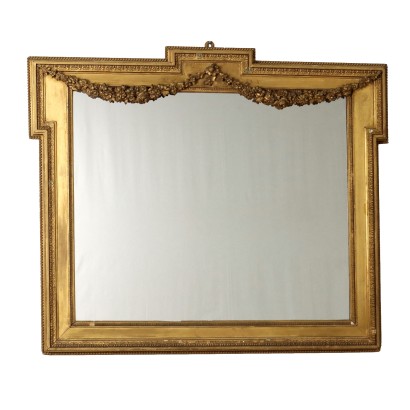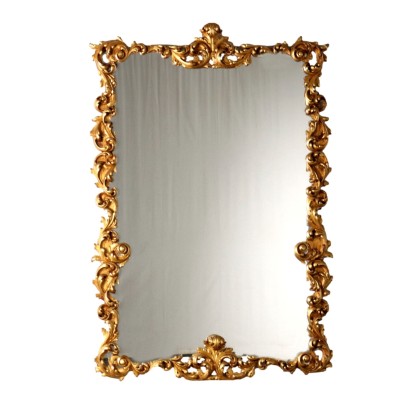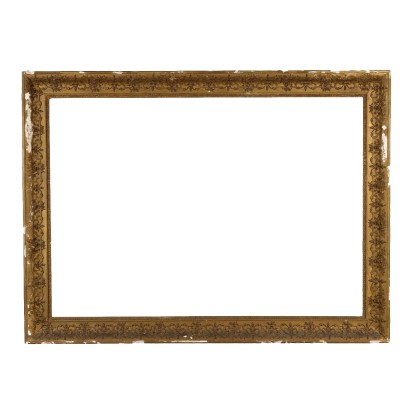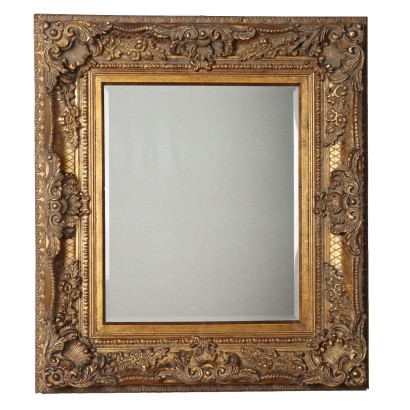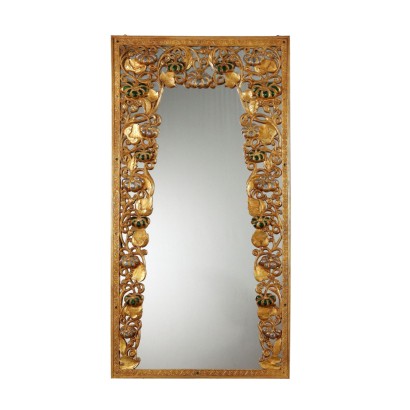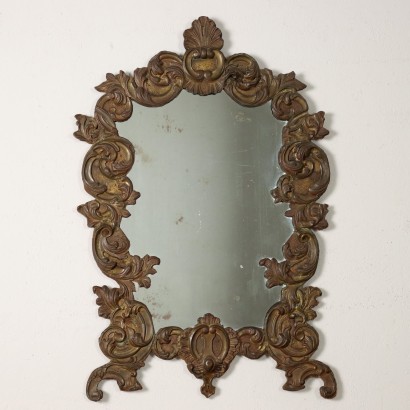Contemporary Painting E. Morlotti Inkwell on Paper Italy 1963 - Figures, 1963
Features
Figures, 1963
Artist: Ennio Morlotti (1910-1992)
Artwork title: Figure
Age: Contemporary , 20th Century / 1901 - 2000
Subject: Human Figures
Artistic technique: Drawing
Technical specification: Indian Ink on Paper
Description : Figure
Inkwell on paper. Signed and dated '63 lower right. On the back there is an autographed declaration of authenticity dated "Milan 31-3-1980". Small drawing from the 1960s, in which Ennio Morlotti proposes the study for some nude figures, in which he has already overcome the Picasso phase and is moving towards an informal expressionism. The work is presented in a frame.
Product Condition:
Product in good condition, has small signs of wear. We try to present the real state as fully as possible with photos. If some details are not clear from the photos, what is stated in the description applies.
Frame Size (cm):
Height: 26
Width: 38
Depth: 1,5
Artwork dimensions (cm):
Height: 123,5
Width: 23,5
Additional Information
Artist: Ennio Morlotti (1910-1992)
Born in Lecco in 1910, Ennio Morlotti, after having started working as a worker and accountant at a very young age, in 1936, now twenty-six years old, abandoned everything to dedicate himself to painting: he first obtained his high school diploma at the Brera Art Institute in Milan and then enrolled at the Academy of Fine Arts in Florence, where he stayed for about two years. The oldest paintings that have survived are some landscapes of Lecco, views of the lake, the mountains or the town of Malgrate. In the summer of 1937 he made his debut at the Lecco landscape exhibition and the money obtained from the sale of the paintings on display helped him reach Paris, where he was struck by Cézanne. In 1939 he moved permanently to Milan, where he was able to enroll at the Brera Academy of Fine Arts. Here he worked a lot with Achille Funi, collaborating among other things on the creation of the mural paintings of the University of Padua. At the same time, the young painter from Lecco became close to the group of artists and critics that had arisen around the magazine Corrente, becoming friends, in particular, with Renato Guttuso and Ernesto Treccani. Within Corrente, his interest in the modern tradition of art and in particular in Picasso was made clear. In July 1943 the activity of the Corrente group was interrupted by fascism. After the end of the war he actively participated in the artistic life of Milan, signing with Giovanni Testori, Vedova and others the Manifesto of Realism of painters and sculptors, entitled Oltre Guernica, which professed the assumption of Picasso's masterpiece as the starting point for the new painting. In October 1946 he held his first solo exhibition at the Camino gallery in Milan, exhibiting plaster still lifes and Picasso-style figure paintings, as well as a small group of landscapes. In 1946, with Renato Birolli, Guttuso and others, he was among the promoters of the New Italian Artistic Secession, which later became the New Front of the Arts, the grouping of national interest that aimed to coordinate the main forces of Italian artistic renewal after the Second World War. With the Fronte Nuovo he exhibited for the first time in 1947, at the Spiga gallery; in that same year together with Birolli he went to Paris, where he was able to visit Picasso's studio and learn about his most recent results. What struck Morlotti above all were the 'Mediterranean' works of the Spanish master. Having returned to Italy, in the summer of 1948 he participated in the Fronte Nuovo at the XXIV Venice Biennale, exhibiting two still lifes and three compositions. Between 1948 and 1949 he exhibited on various occasions with his comrades from the New Front, although the group - after the harsh criticism leveled by Palmiro Togliatti against modern art - had now lost its original strength and unity. In '51 Morlotti accidentally came across the enchanting landscape of Imbersago; from that moment the artist began to paint from life again: from the mid-1950s the great "Adda" paintings were born, together with cycles of works dedicated to the theme of flowers and bathers. Starting from that period, Morlotti's painting was characterized by the return to naturalism and the chromatic material: in fact, he began to apply large mixtures of color on the canvas using the brush and, at the same time, the spatula, to suggest a total, enveloping immersion in nature: a «feeling of the organic». With this return to naturalism, Morlotti participated in several other editions of the Venice Biennale, and exhibited all over the world, producing several pictorial cycles dedicated to specific subjects (The Skulls, The Bathers, the Rocks). Morlotti died in Milan in 1992.Age:
Contemporary
Contemporary20th Century / 1901 - 2000
20th Century / 1901 - 2000Subject: Human Figures
Artistic technique: Drawing
Il disegno è il processo di tracciare segni su una superficie tramite l'applicazione di una pressione o il trascinamento di un apposito strumento sulla superficie. Gli strumenti sono: matite in grafite o colorate, penna, pennelli fini con inchiostro, pastelli a cera o carboncini; i supporti tradizionali più frequenti sono carta, cartoncino, tavola, muro, tela, rame, vetro.Technical specification: Indian Ink on Paper
Other customers have searched:
Arte Contemporanea, tecnica mista, composizione astratta, arte novecento, arte contemporanea, arte astratta, pittori italiani quadri olio su tela paesaggi..
Se sei un appassionato d'arte, non perderti i nostri approfondimenti sul Blog Arte Di Mano in Mano e su FineArt by Di Mano in Mano - Arte:
Leggi di più
Ecco alcuni tra i principali articoli:
Vedute
Falsi nell'arte antica
Un messaggio di fiducia per ripartire
La potenza espressiva dell'arte figurativa etiope
Breve Storia del Collezionismo
Giorgio Upiglio, maestro dei libri d'artista
Matthias Withoos detto "Calzetta bianca"
San Rocco pensaci tu - Classic Monday
Sapevi che l'arte può essere anche un ottimo investimento (e non solo per grandi portafogli)?
L'Arte tra Collezionismo e Investimento
FineArt: Arte come investimento
Dai un'occhiata alle nostre rubriche di divulgazione sull'arte:
Epoche
Lavorazioni e tecniche
Mostre ed Eventi
Protagonisti
Leggi di più
Ecco alcuni tra i principali articoli:Vedute
Falsi nell'arte antica
Un messaggio di fiducia per ripartire
La potenza espressiva dell'arte figurativa etiope
Breve Storia del Collezionismo
Giorgio Upiglio, maestro dei libri d'artista
Matthias Withoos detto "Calzetta bianca"
San Rocco pensaci tu - Classic Monday
Sapevi che l'arte può essere anche un ottimo investimento (e non solo per grandi portafogli)?
L'Arte tra Collezionismo e Investimento
FineArt: Arte come investimento
Dai un'occhiata alle nostre rubriche di divulgazione sull'arte:
Epoche
Lavorazioni e tecniche
Mostre ed Eventi
Protagonisti




